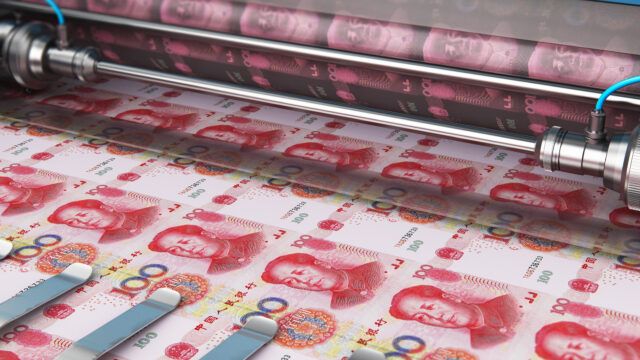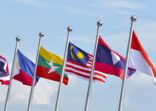Despite the combination of actual and perceived shocks to the Chinese economy so far in 2022, investors should take comfort in moves by China’s policymakers to support the domestic market.
“While ‘black swans’ and ‘grey rhinos’ may have rattled markets, China’s policymakers appear attuned to the risks and ready to act accordingly,” said Salman Ahmed, global head of macro and strategic asset allocation at Fidelity International.
Investors have been wary of China’s relationship to the Ukraine conflict, while there is the potential for a resurgence of Covid-19 outbreaks in the mainland, and recent delistings of American Depositary Receipts (ADRs) have added to the ongoing impact of regulatory changes.
But following the shift in policy intention based on vice premier Liu He’s “pro-market, pro-growth” messages, Chinese stocks witnessed a dramatic two-day rally in mid-March to reverse many of the losses from the ADR sell-off just before that.
“We expect China’s policymakers to be proactive in supporting growth from here,” added Ahmed.
Positive policy influence
From a macro perspective, he now expects both an interest rate cut and a reduction to the reserve requirement ratio (RRR) for banks. Furthermore, he said a strong increase in fiscal spending support for the economy is likely.
Although investors lack details on China’s plans to reach its 2022 GDP target of 5.5% growth this year, it might well be end-loaded, Ahmed said.
“Credit deployment indicators started to turn a corner last year but have been relatively weak and volatile due to the challenges facing the economy. We think this ambiguous trend will now change, with an accelerated focus on long-term credit deployment and a pick-up in the pace of broad credit growth as measured by total social financing, which was weak in February.”
Investors will welcome this direction, especially amid the black swan event weighing on China markets – in the form of Russia’s invasion of Ukraine and subsequent concerns that China’s involvement may see it subjected to sanctions imposed by the US, EU and UK.
Yet Ahmed’s view is that interdependence remains high between China and other nations. For example, in terms of current economic share as a percentage of world GDP on a purchasing power parity basis, China stands at 18.7% versus 3.1% for Russia.
“While a high degree of uncertainty remains, recent pronouncements by Chinese officials that China intends to remain a neutral party to the conflict have provided some measure of assurance,” he added.
Finding a new balance
Investors must also wait to see if China’s zero-Covid policy will change going forward, to be more in line with the rest of the world in living with the virus.
The signs are encouraging. Over 85% of China’s population now fully vaccinated and around 40% boosted. There are also indications that lockdowns are adapting to local situations. “This variability shows that China is trying to find the right balance between ensuring economic growth and combating the virus,” said Victoria Mio, director, Asian equities, at Fidelity International.
In addition, after initial uncertainty over recent ADR delistings, the effect of an ADR delisting should be less dramatic for companies that already have a secondary listing in Hong Kong. In most of these cases, investors could simply convert their US positions on a fully fungible basis to shares of equivalent value that are traded on the Hong Kong stock exchange.
Moreover, any negative impact on broader liquidity in Chinese names is likely to be more than offset in time, explained Mio.
“Companies migrating from ADRs to Hong Kong listings may become eligible for Southbound Stock Connect, meaning their shares become available to mainland retail investors for the first time.”

















